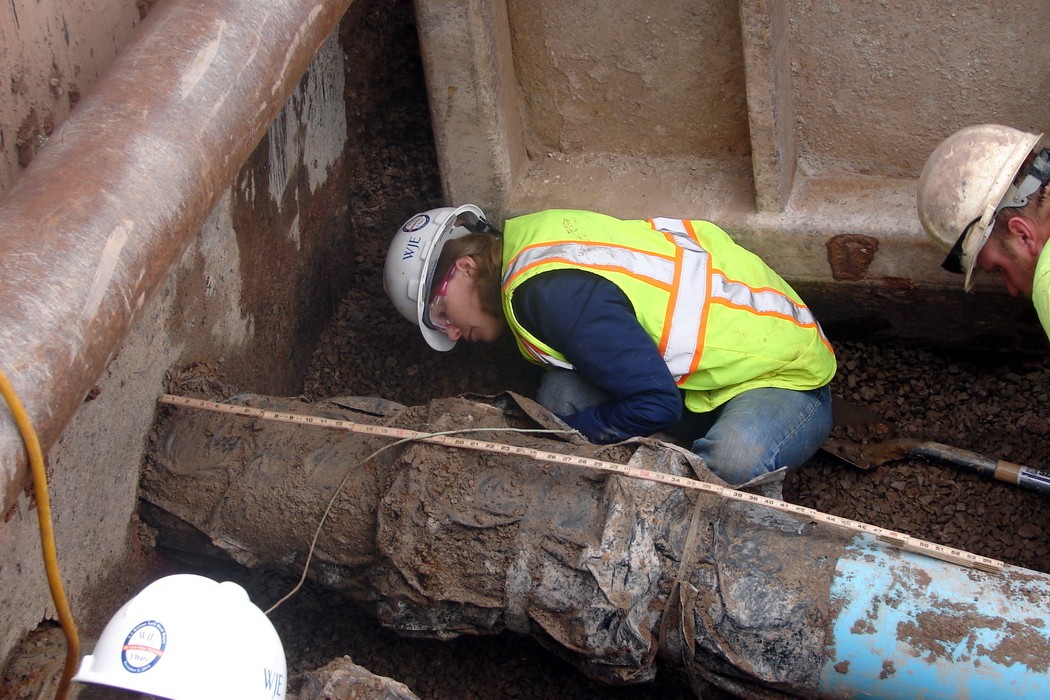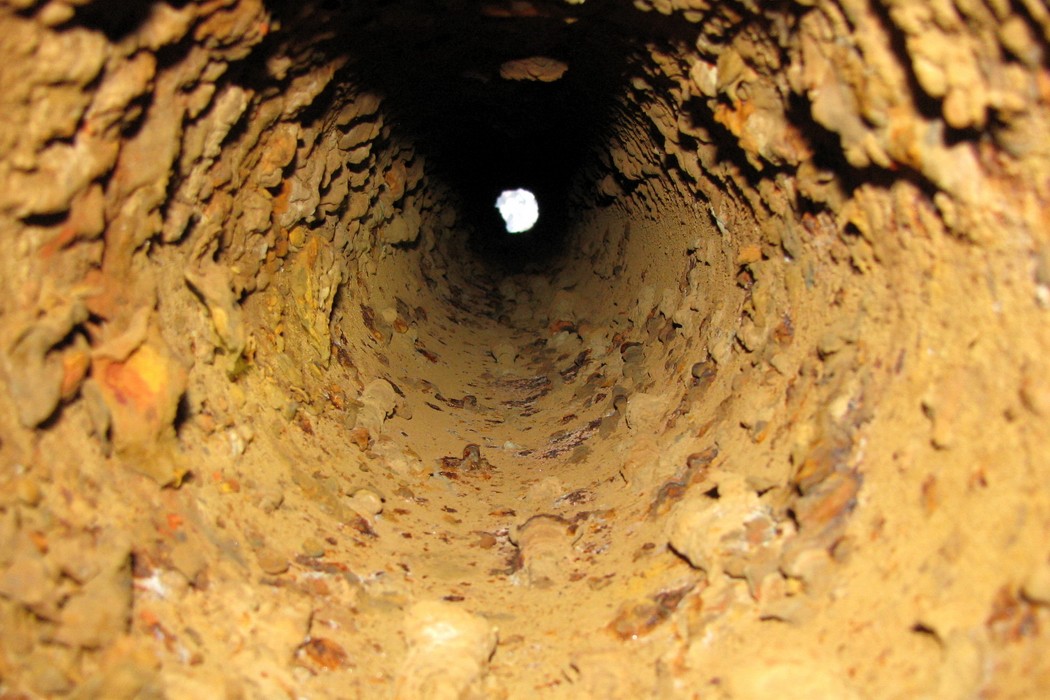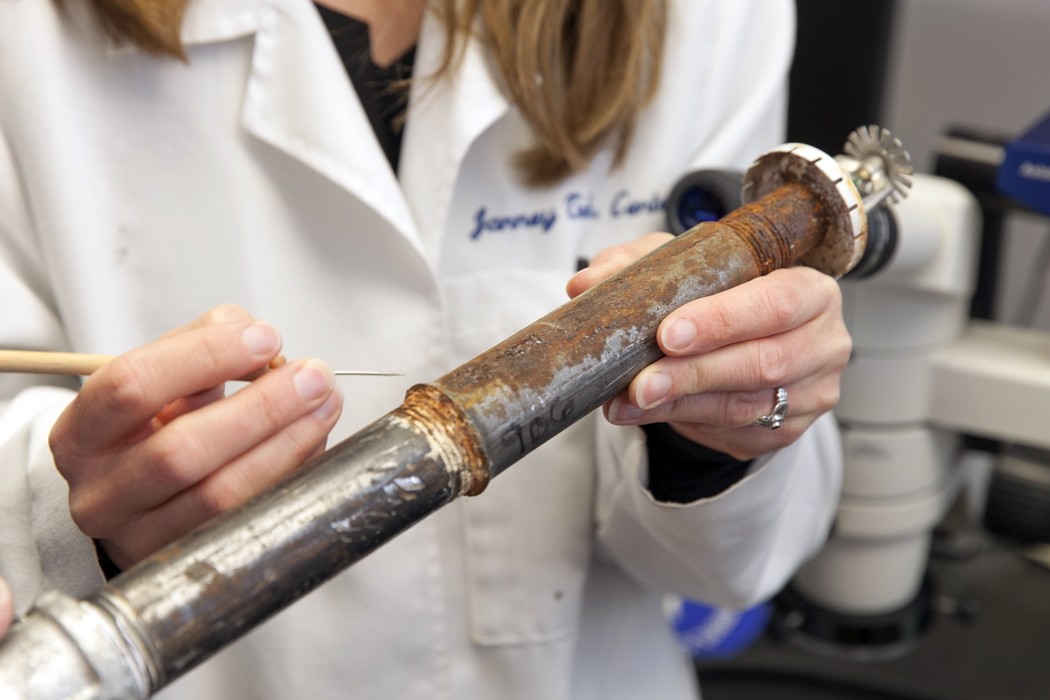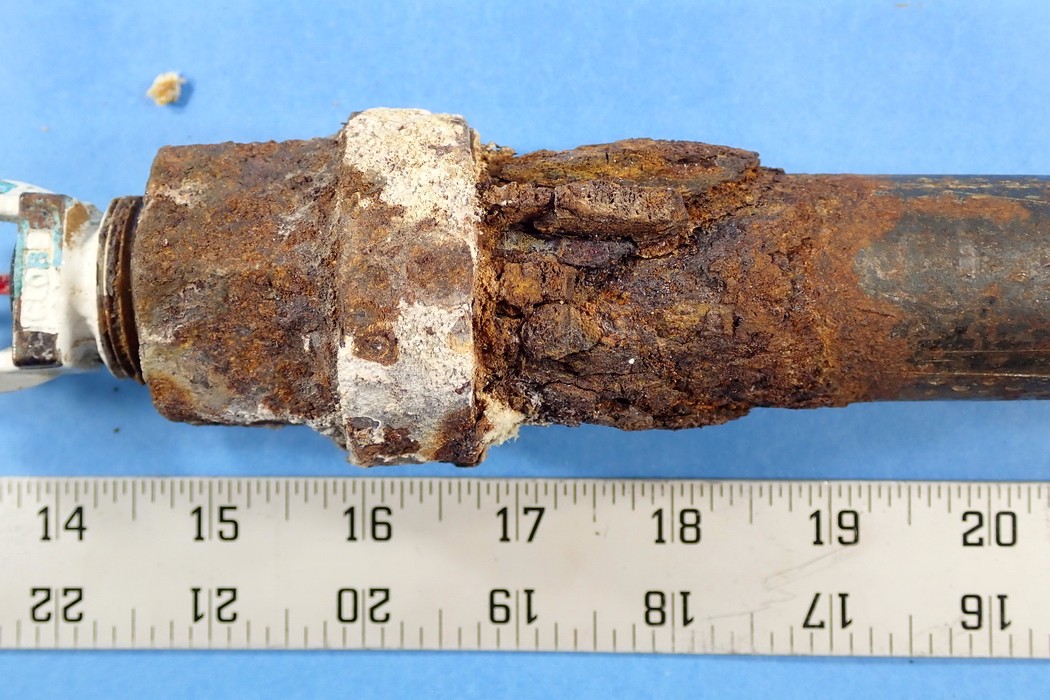EXPERTISE // SERVICES // METALLURGY AND APPLIED MECHANICS
Corrosion Assessment
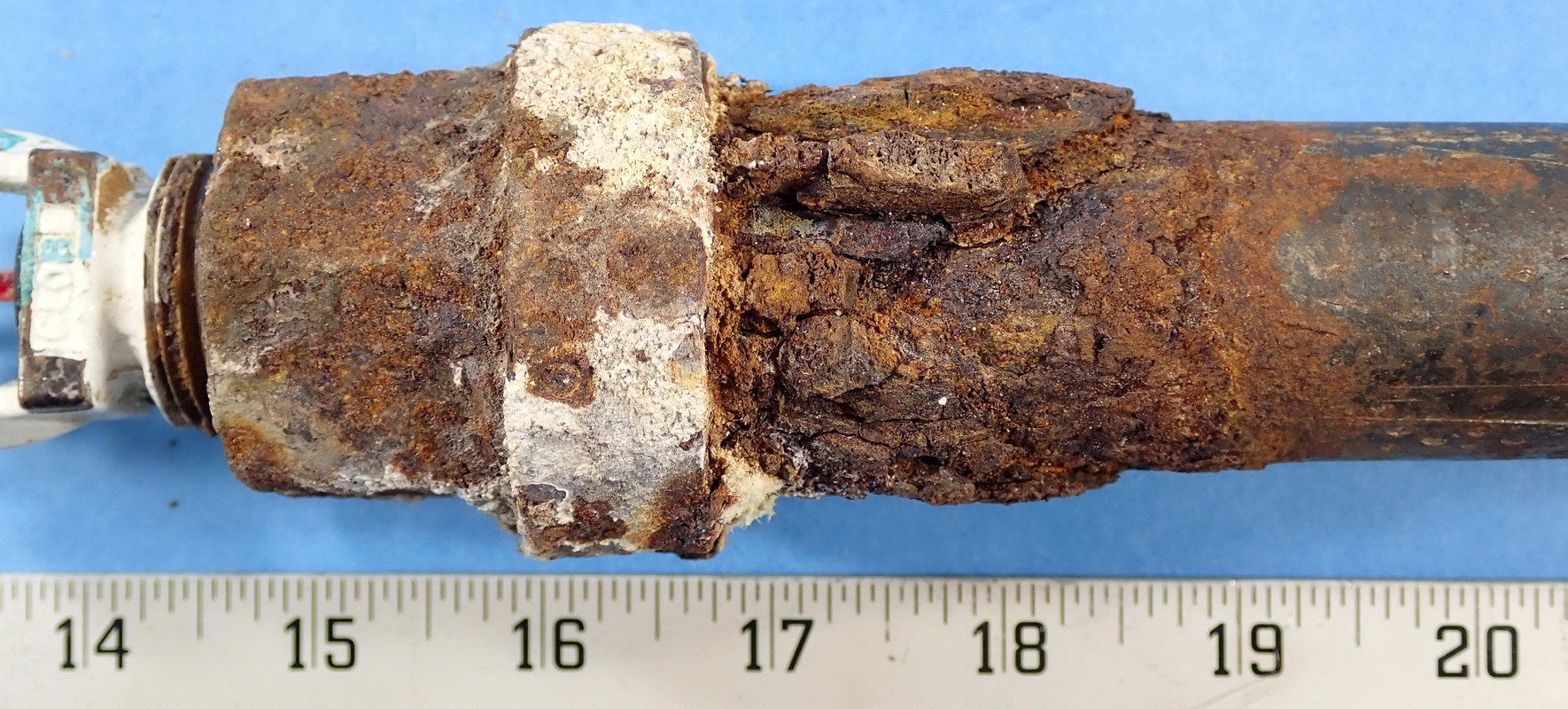

Corrosion is a common cause of material degradation, reduction in fitness for service, and structural failure. The global cost of corrosion is in the billions, and corrosion-induced component failures can be catastrophic. WJE combines knowledge, technology, laboratory capabilities, and experience from numerous investigations to determine the cause(s) of corrosion, address the root cause of the degradation, identify mechanisms which may contribute to failure, assess structural integrity, evaluate potential consequences for reliable performance, and identify and design effective and economical means to mitigate corrosion in both existing and new structures.
Determining the root causes of corrosion can be challenging because they are commonly caused by multiple factors, which could include a combination of the material’s unique susceptibility and environmental conditions. The materials scientists and engineers in WJE’s Janney Technical Center laboratory have the analytical tools and experience to understand and diagnose the causes of corrosion for virtually any material. With extensive experience assessing corrosion-related degradation in a variety of structures, piping systems, industrial plants, process facilities, and utilities covering a range of materials—including reinforced concrete, structural steel, architectural metals, and containment vessels—we make extensive use of field investigation, laboratory testing, analytical tools, and customized modeling capabilities to assess a corrosion problem. Whether evaluating corroded reinforcing bars in a concrete bridge deck, corrosion in a petrochemical pressure vessel, or premature failure of a water distribution system, our capabilities and practical experience provide clients with information to make sound design and repair/maintenance decisions.
Our materials scientists and engineers provide high-quality expertise while utilizing in-house laboratory capabilities to resolve difficult corrosion challenges that clients encounter across many industries.
- Root cause analysis
- Visual survey and condition assessment
- Laboratory and field testing of materials
- Metallurgical examination
- Petrographic examination, chloride content, and carbonation
- Estimation of remaining service life
- Fitness for service
- Estimation of remaining strength and ductility
- Exposure testing (salt spray)
- Environmental chambers
- Accelerated corrosion testing
- Critical pitting temperature
- Electrochemical testing
- Weathering studies
RELATED INFORMATION
-
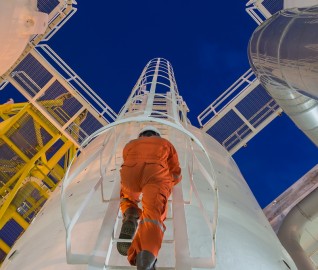 Our metallurgical and applied mechanics engineers provide solutions related to design... MORE >Services | Metallurgy and Applied Mechanics
Our metallurgical and applied mechanics engineers provide solutions related to design... MORE >Services | Metallurgy and Applied Mechanics -
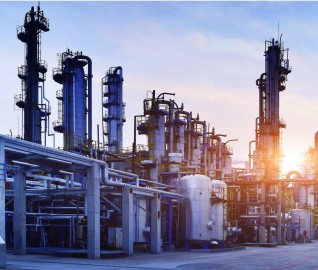 We provide dedicated engineering support and specialized testing services for all sectors across... MORE >Markets | Energy
We provide dedicated engineering support and specialized testing services for all sectors across... MORE >Markets | Energy -
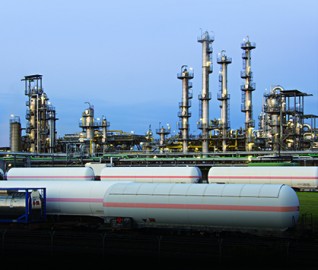 After several large concrete spalls fell from a catalytic reformer support structure at a... MORE >Articles | Asset Integrity Case Study: Catalytic Reformer Support Structure
After several large concrete spalls fell from a catalytic reformer support structure at a... MORE >Articles | Asset Integrity Case Study: Catalytic Reformer Support Structure -
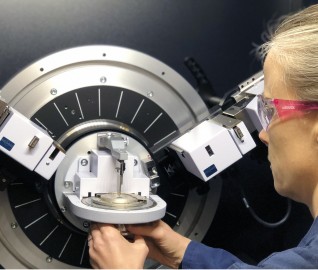 WJE's Janney Technical Center (JTC) provides advanced testing and forensic capabilities to... MORE >Labs | Janney Technical Center
WJE's Janney Technical Center (JTC) provides advanced testing and forensic capabilities to... MORE >Labs | Janney Technical Center



































